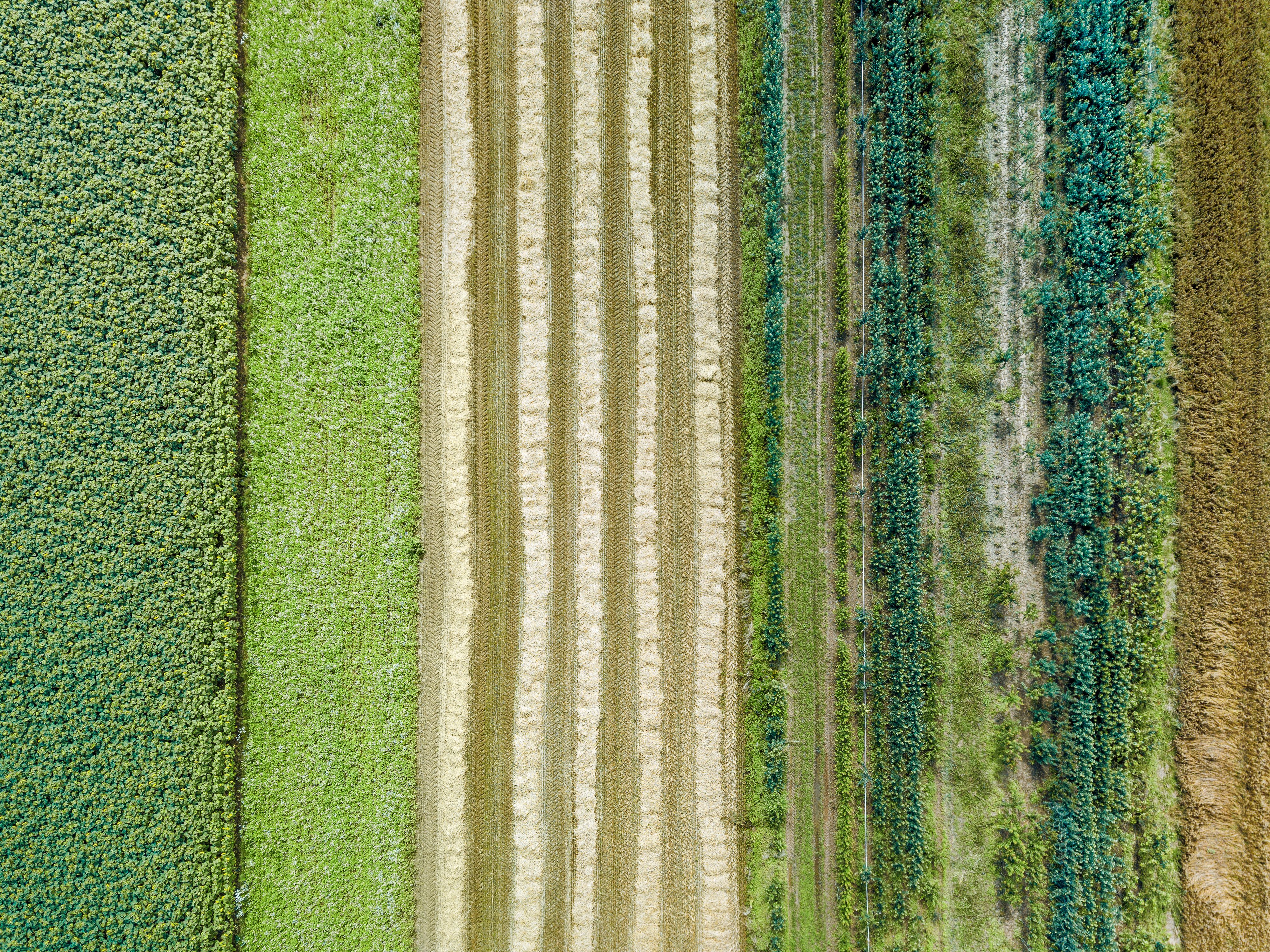Embracing Permaculture: A Sustainable Path for Agriculture and Community
Understanding Permaculture
Permaculture is a term that has been gaining momentum in recent years, although the concept itself is not new. It stands for "permanent agriculture" and is a design philosophy that aims to create sustainable and self-sufficient ecosystems. By observing natural systems and integrating them into agricultural practices, permaculture offers a holistic approach to farming and community living.
At its core, permaculture emphasizes working with nature rather than against it. This means using resources sustainably, reducing waste, and creating environments that are harmonious with the earth. The principles of permaculture can be applied not only to agriculture but also to community building, urban planning, and individual lifestyles.

The Principles of Permaculture
Permaculture is built on several key principles that guide its practices. These principles focus on care for the earth, care for people, and fair share. They encourage the creation of systems that are resilient and regenerative, ensuring long-term productivity without depleting resources.
Some of the guiding principles include:
- Observe and Interact: Understanding the environment and how natural systems function.
- Catching and Storing Energy: Efficiently using natural resources like sunlight and water.
- Produce No Waste: Utilizing all outputs from a system as inputs elsewhere.
Implementing Permaculture in Agriculture
Applying permaculture in agriculture involves techniques such as companion planting, polyculture, and agroforestry. These methods promote biodiversity and soil health, leading to more resilient crops and reduced dependency on chemical inputs. Companion planting, for example, involves growing different plants together that benefit each other, deterring pests naturally and enhancing growth.
Agroforestry is another dynamic aspect of permaculture, where trees and shrubs are integrated with crops and livestock. This approach not only improves biodiversity but also enhances soil structure and provides additional resources like fruits, nuts, and firewood.
Permaculture in Community Development
Permaculture extends beyond agriculture into the realm of community development. It encourages communities to work together towards sustainable living by sharing resources and knowledge. This collective effort fosters resilience against economic or environmental challenges.
Communities practicing permaculture often establish community gardens, shared spaces for food production, and workshops for skill-sharing. These initiatives build strong social ties and promote a sense of belonging among members.
The Benefits of Embracing Permaculture
The benefits of adopting permaculture are manifold. Not only does it promote environmental sustainability by reducing waste and conserving resources, but it also enhances food security through diverse and resilient agricultural practices. Communities that embrace permaculture often experience improved health outcomes due to increased access to fresh produce.
Additionally, permaculture supports local economies by encouraging the production and consumption of local goods. It can lead to the revitalization of rural areas and provide new opportunities for employment and entrepreneurship.
Challenges and Considerations
While permaculture offers numerous advantages, it also presents challenges. Transitioning from conventional agricultural methods to permaculture requires time, education, and commitment. Farmers and communities need access to resources and training to effectively implement permaculture principles.
Moreover, changing long-standing habits and systems can be difficult. It requires a shift in mindset from short-term gains to long-term sustainability. However, with the growing awareness of environmental issues, more individuals and communities are willing to embrace this change.
The Future of Permaculture
The future of permaculture looks promising as more people recognize the importance of sustainable living. Educational programs are emerging globally, teaching individuals the skills needed to implement permaculture designs effectively.
As climate change continues to impact our planet, the resilience offered by permaculture becomes increasingly valuable. It provides a viable path forward for both agriculture and community development by aligning human activities with the natural world.
In conclusion, embracing permaculture is not just about altering agricultural practices; it's about adopting a new lens through which we view our relationship with the earth. By promoting sustainable ecosystems, permaculture paves the way for a healthier planet and more cohesive communities.